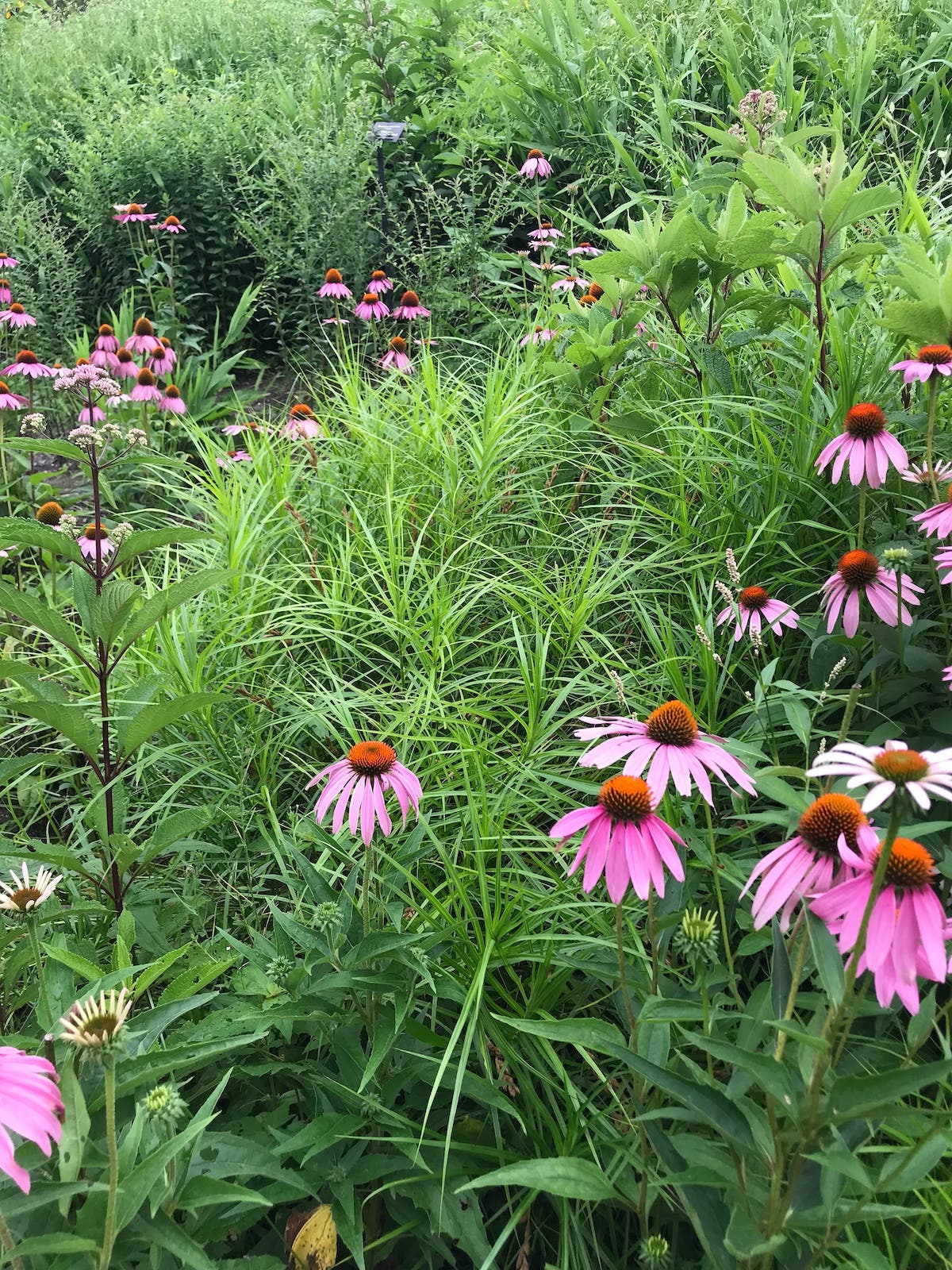Hackberry Is a Rugged Tree That Supports Wildlife
This North American tree puts up with many stressors.
Virtues: Hackberry, or Celtis occidentalis, is an adaptable shade tree that thrives in harsh weather. It grows equally well in rural settings and confined urban spaces, where its deep roots are unlikely to lift sidewalks. Hackberry was named Tree of the Year by Great Plants for the Great Plains, a collaboration between the Nebraska Statewide Arboretum and the Nebraska Nursery and Landscape Association. Their mission is to identify garden plants of all types that can thrive under the challenging conditions of the Great Plains. To wit, hackberry easily handles extreme winds, dry soil and alkalinity. Meanwhile it's a handsome tree.
Hackberry is also an important wildlife plant. The Lady Bird Johnson Wildlife Center notes that birds love its fruit and it provides excellent shelter. It is a larval host for several butterflies and moths, including mourning cloak and question mark butterflies.
Common name: Hackberry
Botanical name: Celtis occidentalis
Exposure: Full sun to part shade
Flowers/fruit: Small green flowers appear in mid-spring. They are ornamentally insignificant. The subsequent fruits ripen to dark purple and attract birds and other wildlife.
Foliage: The leaves are long and oval, with toothed edges and a dull green color from spring through summer. The foliage turns yellow in fall.
Habit: Hackberry is a deciduous tree growing 60 to 70 feet tall with a crown that spans 45 to 50 feet.
Origin: This species is native from New Hampshire west to Wyoming and south to northwest Texas. It grows on stream banks, in flood plains and on dry slopes.
How to grow it: Site a hackberry tree in full sun or part shade. It tolerates wet, dry and poor soil. It will also grow well in richer soil. USDA Zones 3–9.
Image credits:
Foliage detail by Anastasia Steiner - Own work, CC BY-SA 4.0
Serbia tree by Gmihail at sr.wikipedia - Own work, CC BY-SA 3.0 rs
Chicago tree by Adam Shaw - Own work, CC BY-SA 3.0







